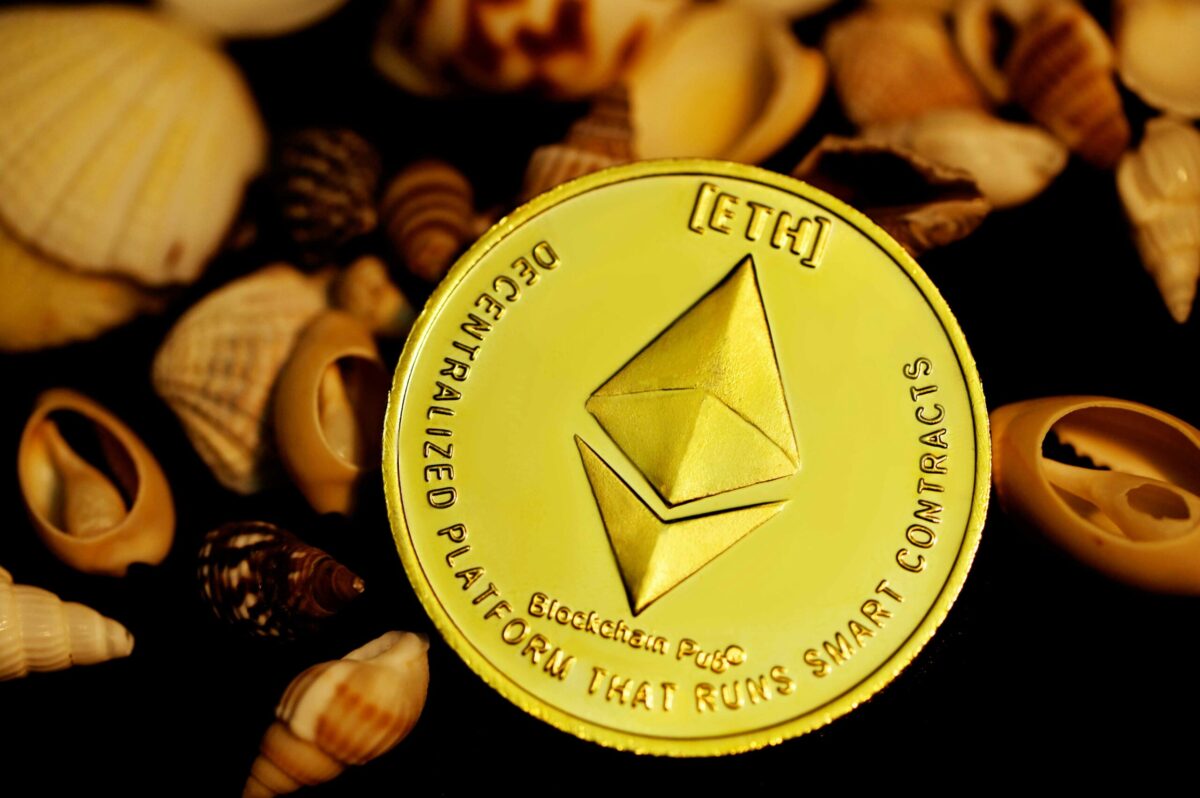The Ethereum Foundation recently launched a new testing environment called the Mekong Testnet, a short-term project designed to help developers and validators prepare for the upcoming Pectra upgrade.
This testnet will allow developers to try out new features, make sure everything runs smoothly, and gather feedback before the Pectra upgrade is released on Ethereum‘s main network.
What is the Mekong Testnet?
The Mekong Testnet is a temporary testing space created by the Ethereum Foundation. On 7 November, the Foundation announced the release of Mekong in a blog post, calling it a “playground” where developers and validators can experiment with new features that are part of the Pectra upgrade.
These features are grouped in what are known as Ethereum Improvement Proposals (EIPs), which aim to make Ethereum’s network more efficient and user-friendly.
The Foundation explained that Mekong was specifically designed for developers who build Ethereum wallets and for those who “stake” Ethereum (i.e., lock up their $ETH to help secure the network and earn rewards).
According to the blog post, “Mekong is meant to be a playground for wallet developers to experiment with UX changes and for stakers to gain confidence in the upcoming changes”.
Initially, Pectra was expected to include around 20 EIPs. However, the number was later reduced to about eight key proposals focused on user experience and network efficiency.
Key improvements include raising the validator stake limit from 32 to 2,048 $ETH, simplifying the deposit and withdrawal processes, and refining how users interact with Ethereum wallets.
Mekong provides a safe space for these changes to be tested before they reach Ethereum’s mainnet, helping the team find and fix any potential issues early on.
Key features of the Pectra upgrade?
The main purpose of the Pectra upgrade is to make Ethereum more scalable, efficient, and secure. Pectra combines ideas from two previous upgrades, known as Prague and Electra, and introduces a system called Verkle Trees.
Verkle Trees are expected to reduce the storage needed for Ethereum data, which could also lower the fees users pay to interact with the network.
With Verkle Trees, users and developers could enjoy a more streamlined Ethereum experience with less demand on their devices.
Additionally, the Pectra upgrade is expected to improve Ethereum’s execution and consensus layers, the main components responsible for processing and securing transactions.
These changes should make the network more efficient and reliable for both developers and regular users.
According to the Foundation, all the features being tested on the Mekong Testnet will eventually be included in Pectra’s final release, though they may still make minor adjustments based on feedback from Mekong.
The Foundation also explained the reason behind the name “Mekong”. Inspired by the Mekong River, which runs through Southeast Asia, the name was chosen because Devcon, Ethereum’s major developer conference, is set to be held in that region shortly before Pectra is scheduled for release.
The Foundation hopes the name will symbolise the connection between the local community and Ethereum’s global developer network.
Although the Mekong Testnet is separate from Ethereum’s main test networks like Holesky and Sepolia, it plays a key role in preparing the network for the Pectra upgrade.
By testing features in Mekong, developers and validators have a chance to familiarise themselves with the new system, and provide feedback before it goes live on the main Ethereum network.
In short, Mekong ensures that changes are thoroughly vetted and as smooth as possible once they are implemented.
The Foundation sees Mekong as a valuable opportunity for developers and stakers alike. Through this testing environment, developers who build wallets and tools for Ethereum can experiment with the user interface changes in Pectra, while stakers can get comfortable with the updated staking process.
“This testnet will provide a direct and accessible experience for both developers and stakers”, the Foundation explained, highlighting the importance of user feedback in the development process.
Ethereum’s progress on the market
The launch of Mekong and the anticipation for Pectra comes at a time of increased interest in Ethereum. Recently, Ethereum saw a significant price surge following a new all-time high for Bitcoin ($BTC).
This upward momentum has led to renewed excitement in the cryptocurrency market, with the global crypto market cap growing by 3% to $2.52 trillion.
This rise in value has also led to large movements of funds by major Ethereum investors, who sold $124 million in $ETH following the surge.
Alongside the price increase, Ethereum-focused exchange-traded funds (ETFs) in the United States have seen the highest inflows in weeks. On Wednesday, nine new spot Ether ETFs reported a total net inflow of $52.3 million, the highest since September.
The Fidelity Ethereum Fund and the Grayscale Ethereum Mini Trust led the charge, receiving $26.9 million and $25.4 million respectively, though other ETFs like BlackRock’s iShares Ethereum Trust remained stable with no significant changes in inflows or outflows.
With the ongoing development of Pectra and the support from the Mekong Testnet, Ethereum is positioning itself for a future of greater efficiency and scalability.
By the time Pectra goes live, Ethereum aims to provide users and developers with a more streamlined and accessible blockchain experience.


